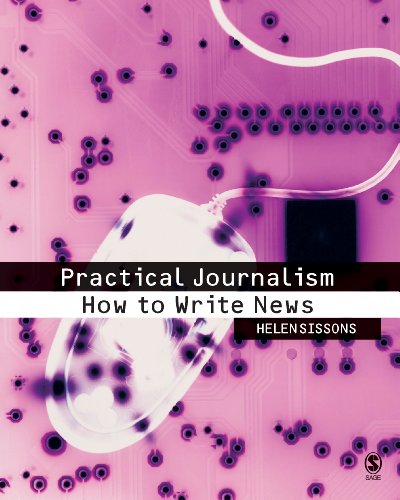Practical Journalism How to Write News
no information available
"The chapters of Practical Journalism: How to Write News are colorful quilts of assertions, examples, anecdotes and case studies that bring to life the practice of good news writing and offer insights into the profession of journalism. Each ends with review questions, exercises and further reading…[This book] has much to offer to media and journalism students as well as working professionals, especially those in transition from one media specialization to another." —MEDIA INTERNATIONAL AUSTRALIA "A strength throughout the book is the case studies in which practising journalists discuss aspects of their work in such a way that the case studies become learning my example. Certainly this is a textbook, but it is not aimed just at students; it is brilliant for anyone whose ambition is news reporting." —WRITING MAGAZINE"A fascinating mix of gutsy personal stories, unrelenting ambition and invaluable lessons from seasoned journalists in the field." —John McIntyre, former BBC war correspondent Journalists today need to be able to work across different media. In the past there were newspaper reporters, radio reporters, and television reporters, now journalists are expected to be flexible and multi-skilled. Practical Journalism: How to Write News introduces the skills needed to become a journalist in the digital age. Easy to read, the book draws on interviews with dozens of working journalists. They share their thoughts on the profession and we watch them work – selecting stories, carrying out interviews, and writing scripts. There are chapters on interviewing, research techniques, and news writing. Further chapters cover working in broadcasting and online, media law, and ethics. Each chapter concludes with activities and a list of further reading and a glossary of terms is included at the end of the book. Most journalists believe they work ethically although few have set rules and others admit to being pressured to behave underhandedly. This book looks at how journalists can work more ethically and provides a guide for beginners. ... Read more Read less











